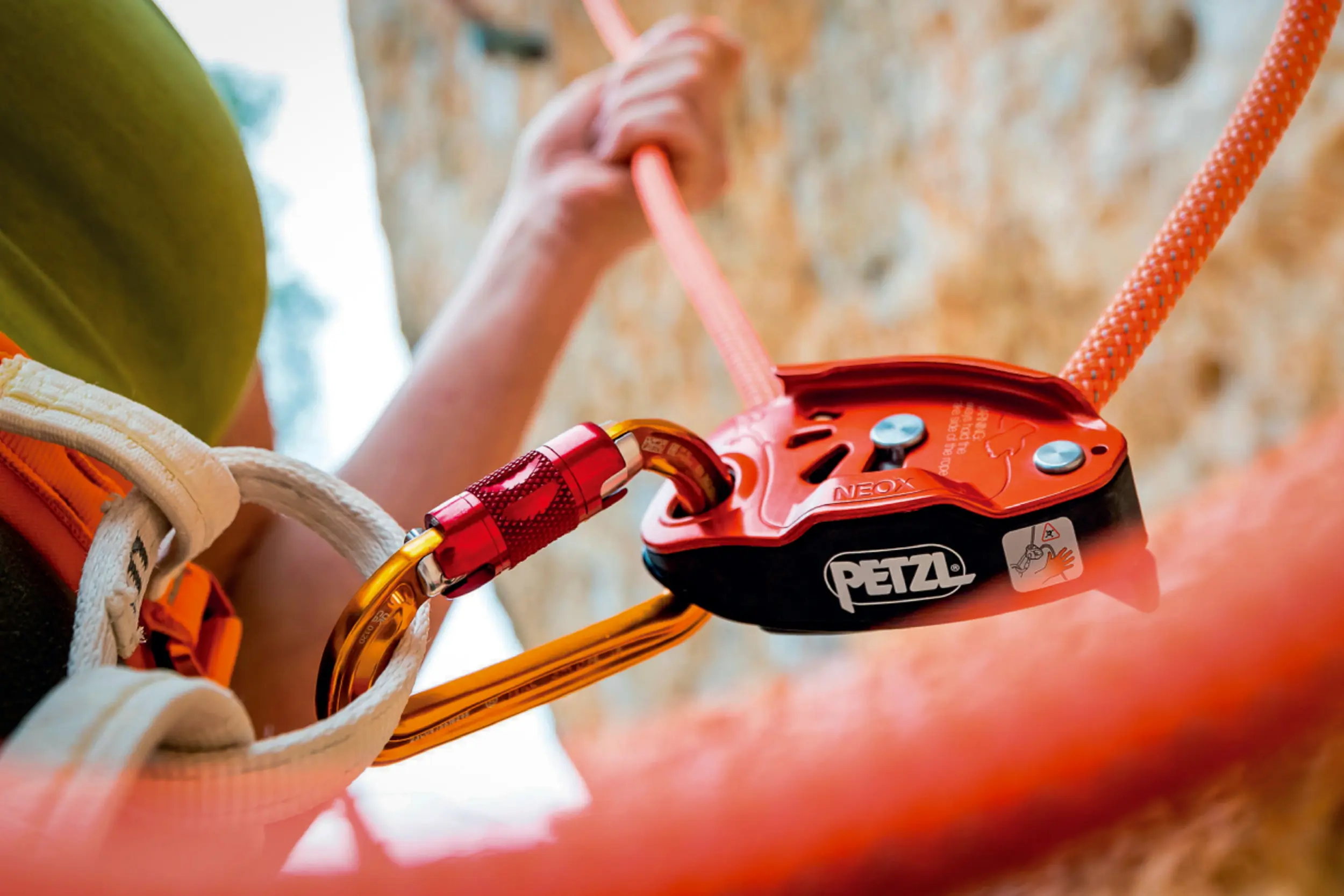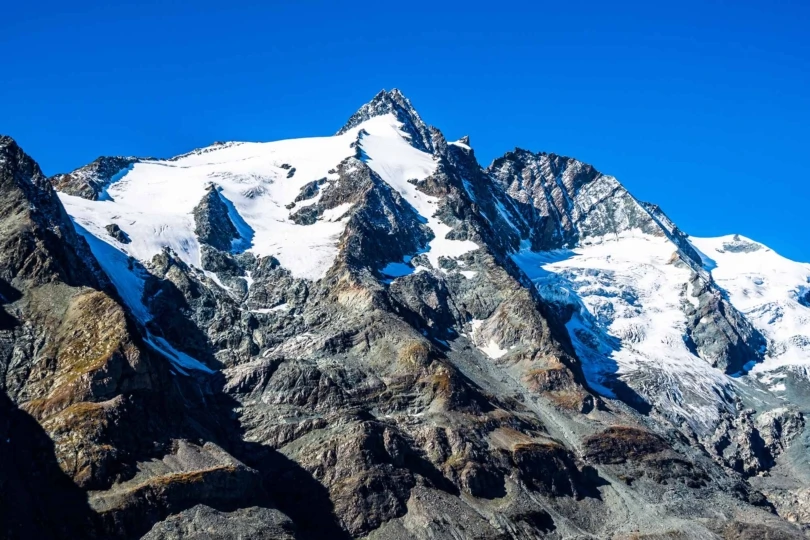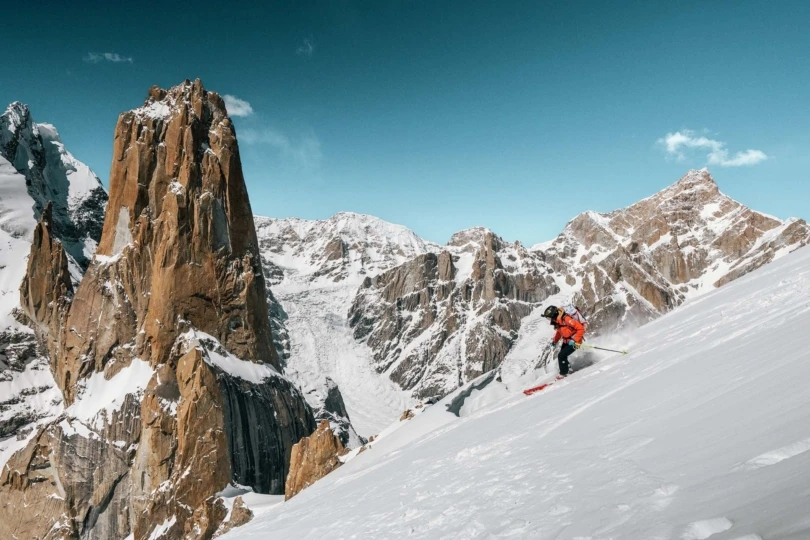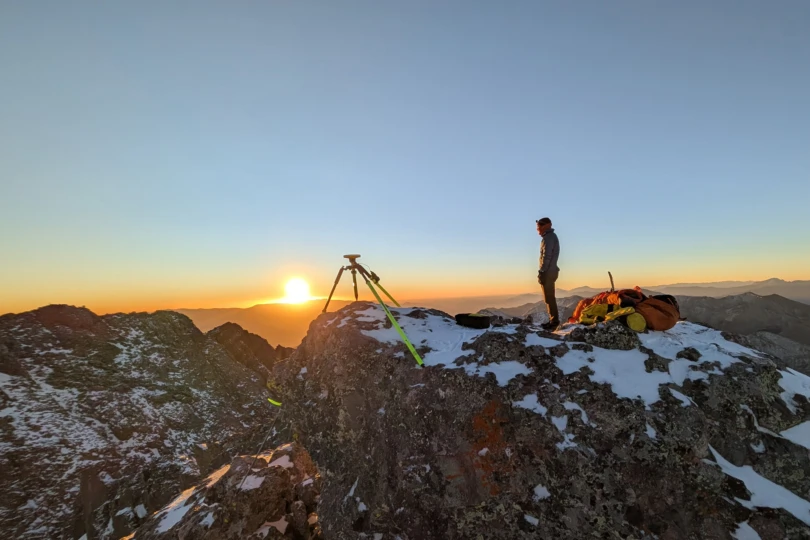Petzl released the new GRIGRI Neox today, and it looks just like the dominant assisted-braking belay device so many climbers use and trust. However, information from the French brand reveals that although the familiar form and rope locking cam are intact, the Neox has significant differences from the GRIGRI line.
How a GRIGRI Works
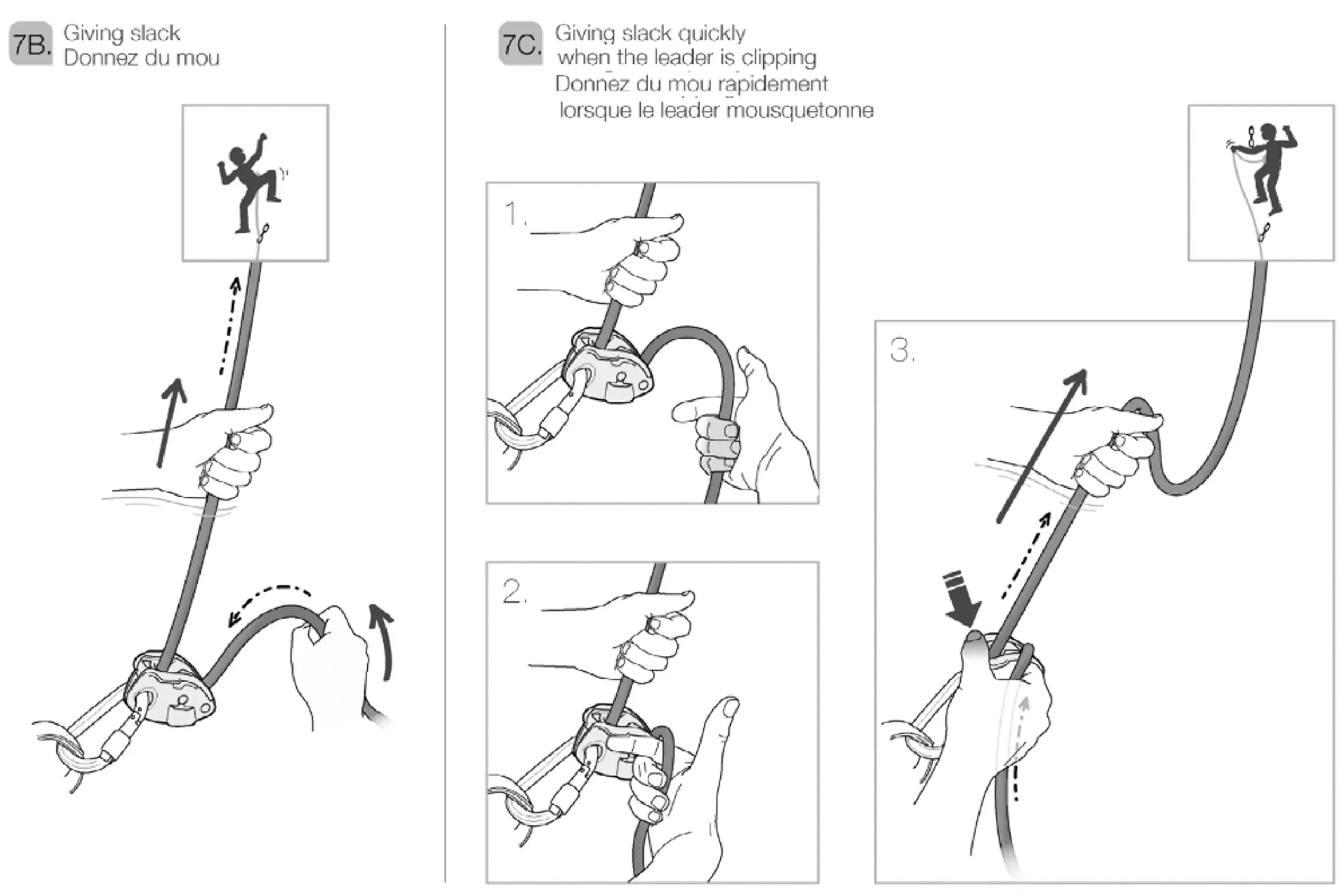
The current third-generation GRIGRI and GRIGRI + use a cam that engages due to increased rope friction placed on it by a falling or “taking” climber. The rope drags on the cam’s rounded lobe, which rotates it, and it pinches the rope to help arrest the fall. A spring keeps the cam from rotating when there is less friction in low rope load scenarios.
But when a climber is leading, quickly paying out slack for clipping protection is a priority. The greater friction of feeding rope quickly is enough to lock the cam on a GRIGRI. To overcome this, climbers learn a specific technique prescribed by Petzl. It’s complex but is a thoughtless second nature to me.
The GRIGRI rests on the brake hand index finger on a lip designed for that purpose, and the thumb holds the cam down. The brake strand of the rope still passes through the last three fingers of the brake hand. The non-brake hand can then pay out slack quickly as the thumb keeps the cam from pinching the rope.
Again, this does seem complicated, but neither my climbing partners nor I have had to think about it for decades. However, belayers can botch it during high-speed, high-stress situations. This can lead to short-roping the climber or potentially failing in fundamental belaying technique. None of these is ideal, and at worst, could be hazardous in the already riskier scenario of having slack out on lead.
How Is the Petzl Neox Different?
From the outside, the new Petzl Neox looks very similar to a GRIGRI. Even flipping the cover open can require a second look to discern that the Neox indeed works differently. The Petzl Neox blocks the rope with a spring-loaded stainless steel cam in the same relative location as a GRIGRI. But beyond that, the Neox’s working internals benefit the process of quickly paying out slack to a clipping (and potentially desperate) lead climber.
When belaying normally, a rotating wheel acts as a bearing to allow low-friction rope management. The rope can move more freely in both directions than a GRIGRI, which only has a rounded cam lobe. But when a climber falls or weights the rope, it pulls the internal wheel off its rotational axis, stopping its movement. This causes the spring-loaded cam to pivot and pinch the rope like a GRIGRI.
It is important to note that rope friction engages the cam in the Petzl Neox. It is not dependent on the rotational speed of the internal wheel. This is how the Wild Country Revo (which we reviewed) operates.
The most significant advantage of the Neox internal wheel is that the belayer can use “standard” hand techniques to pay out slack and manage the amount of rope out to the leader. This promises quicker rope payout for clipping, faster slack retrieval afterward, and a much simpler and familiar belaying technique. And new users won’t have to learn the complex technique required of the GRIGRI to belay a leader.
Lowering the climber is the same as a GRIGRI. The brake strand of the rope flips over a rounded edge on a side plate, and the belayer still holds it below the device. The other hand opens a spring-loaded handle, which releases the cam and controls the rate of descent. However, the Neox doesn’t have the anti-panic feature of the GRIGRI +. (If the belayer pulls the handle past a certain point, the cam is automatically activates to stop the climber’s descent.)
The Neox is still usable for belaying on top rope and rappelling a single line.
Why Not Call It a GRIGRI?
When I first heard of the Petzl Neox, it befuddled me that Petzl didn’t adhere to the decades-long and dominant branding of the GRIGRI. However, upon reviewing all the materials provided on the Neox, I now see the logic. Petzl wants to categorize its growing line of assisted-braking devices by climbers’ potential common usage patterns
The new Neox sits at the “top” of Petzl’s assisted-braking belay devices. Petzl released the third-generation GRIGRI in 2019 and describes it as a good device for both top-rope and lead belaying. The GRIGRI + has a “lead” and “top-rope” setting and an anti-panic lowering handle. Petzl released it in 2017 and claims it is best for top-rope belaying. Finally, Petzl states that the Neox is optimal for lead belaying.
Keep an eye on GearJunkie; we expect our Petzl Neox sample soon and will post a thorough review. MSRP for the Neox is $150.
